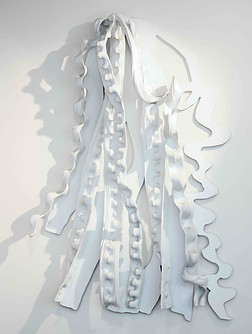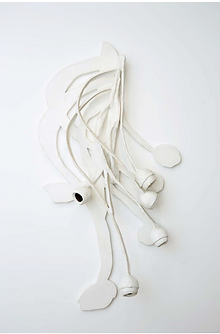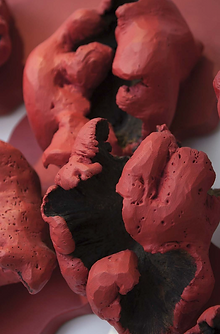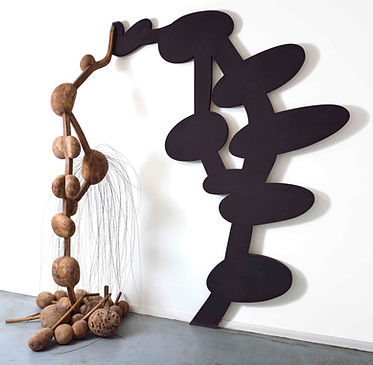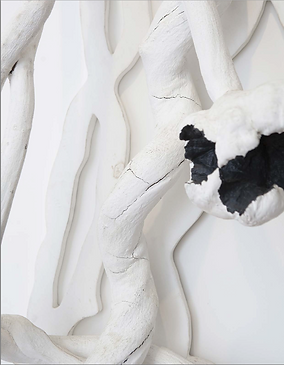
© Juan Esteves
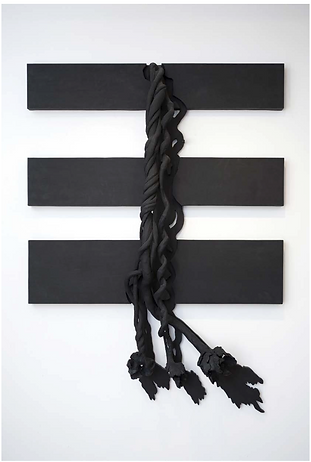
© Juan Esteves
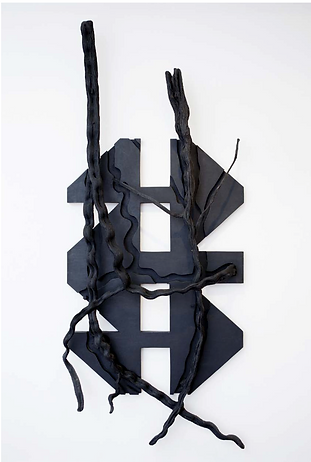
© Juan Esteves
Shadows
In Paris, during the 1960s, Frans Krajcberg began working on his “cut-out shadows.” The shadow is a way to free the artwork from its frame while giving new life to dead elements magnified by light. With astonishing plastic modernity, the cut-out silhouette is both a negation and an affirmation of the painting.
“The idea came to me in Minas, but it was in Paris that I made my first cast shadows. I wanted to break the square, to step out of the frame. I had more than one reason to do so. Nature ignores the square; movement turns. (…) Life is not square and has no fixed shapes. (…) The abstraction of the square accompanied the revolutions at the beginning of the century, just as Expressionism accompanied misery. I’ve always had an expressionist sensitivity and never identified with Concretism. I didn’t want art for art’s sake. I wanted to find new forms. Nature offered me thousands of them.”
The technique consists in capturing the cast shadow of a natural element (root, branch, seed… whose shape fascinated him), tracing it in line, then cutting it out of a wooden panel. The element, fixed onto the panel, brings relief and volume. The two assembled parts are often painted in a vivid color that tightly unites them. Together they evoke time, space, and the fragility of life…
The shadows eliminate any idea of opposition between Art and Nature: “By cutting and projecting the shadows, he opens a new form of contemplation of nature, a contemplation that allows the internal rhythms of nature to be associated with the rhythms created by the artist.” (Federico Morais, 2004).
“I owe more to Arp’s cut woods than to Matisse’s cut papers. (…) My research consisted in trying out lighting to choose a shadow. There are infinite possibilities. No man casts the same shadow twice and the shadow of the same man is always moving. I wanted to unify the object with its shadow. I sought to find the object in its shadow. I looked in nature for a way to be reborn into the life of art by uniting with different shapes, but ones captured from it. The cast shadow added a form to it. That was my participation.”
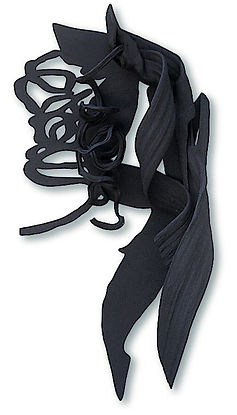


In the earliest pieces, the cutting features a hard, “constructive” or “concretist” geometry that contrasts with the fluidity of the natural lines of the form it highlights. Over the years, it comes ever closer to these natural lines, like the refinement of a side lighting.
Frans Krajcberg worked with shadows for about 20 years, but kept returning to them throughout his life. He observed, studied, and tested every possibility offered by this technique. He used wood flowers from the Itabira region (MG), mangroves from Nova Viçosa (BA), and lianas from the Amazon. Sometimes he added piassava fibers.
According to Féderico Morais, this body of work can be grouped into three categories:
"The first includes works where there is a clear opposition between the baroque complexity of floral ensembles and the rigidity of orthogonal supports, which are fragmented into two or more parts."
"The second group gathers pieces in which the shadows act directly on the support, gradually wearing it as they perforate it. In both cases, the composition is frontal, and the shadows work in depth."
"A third group consists of works in which the projected shadows move away, almost detaching from the support, as if they were profile drawings — a graphic that becomes viable in space, in three dimensions."
